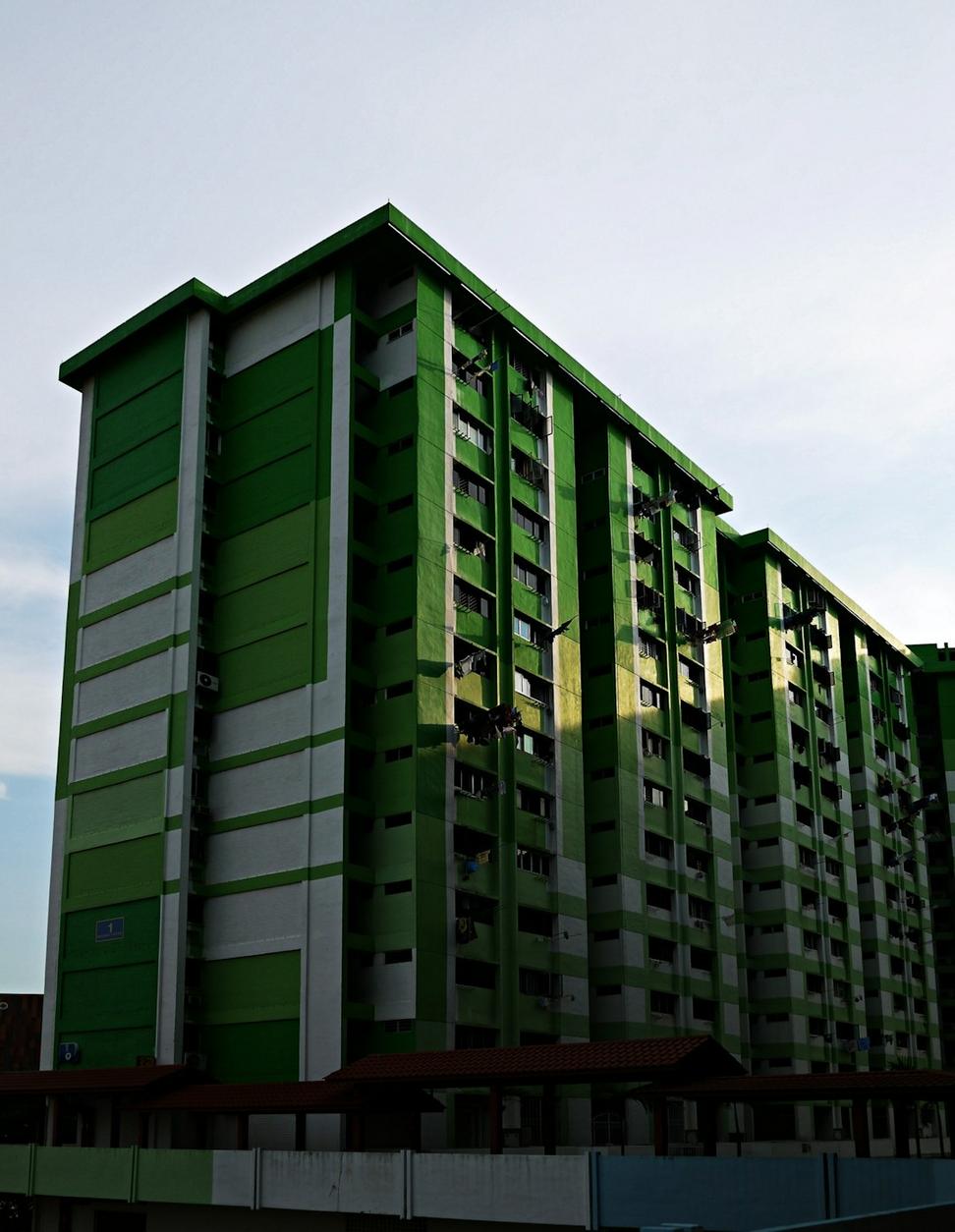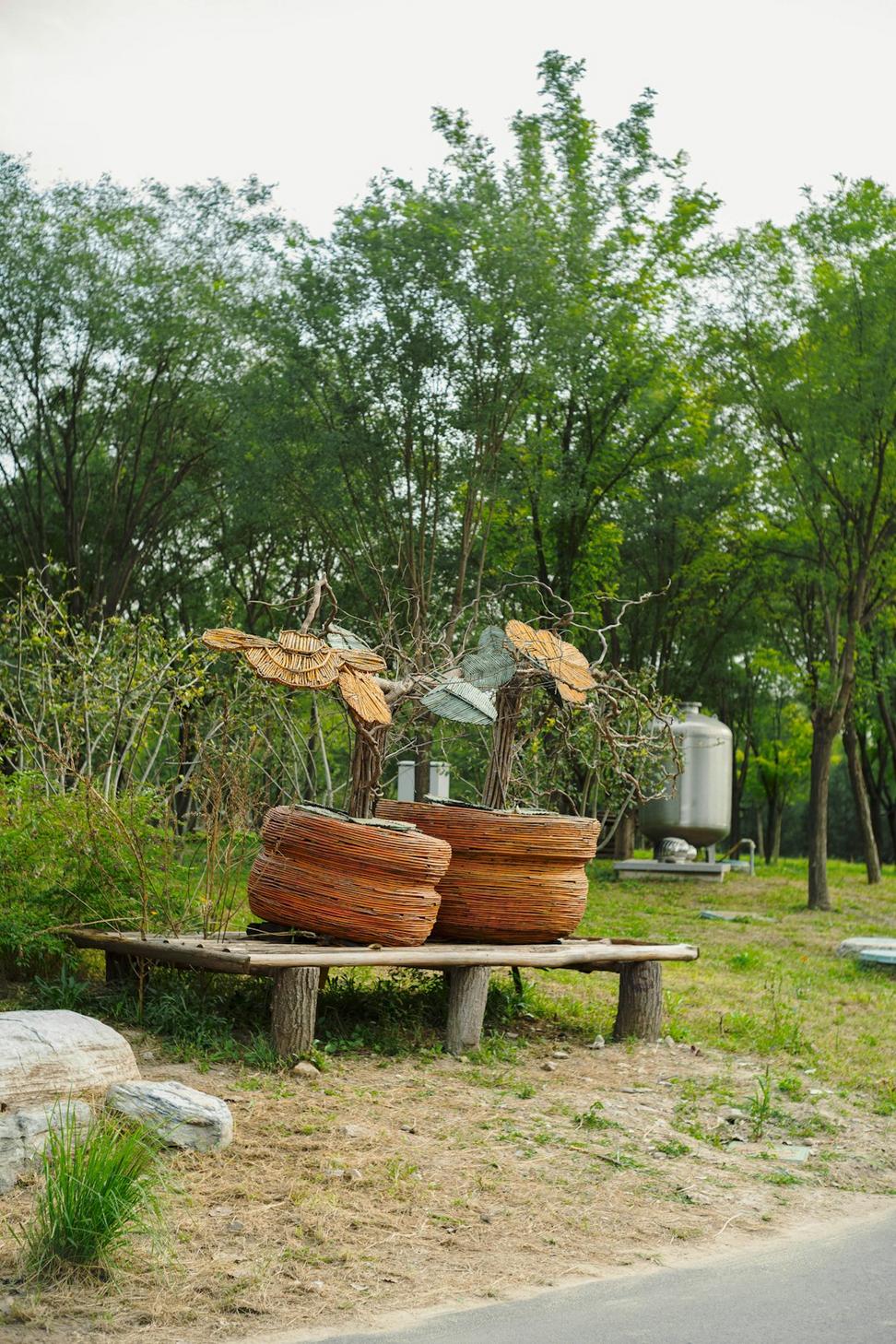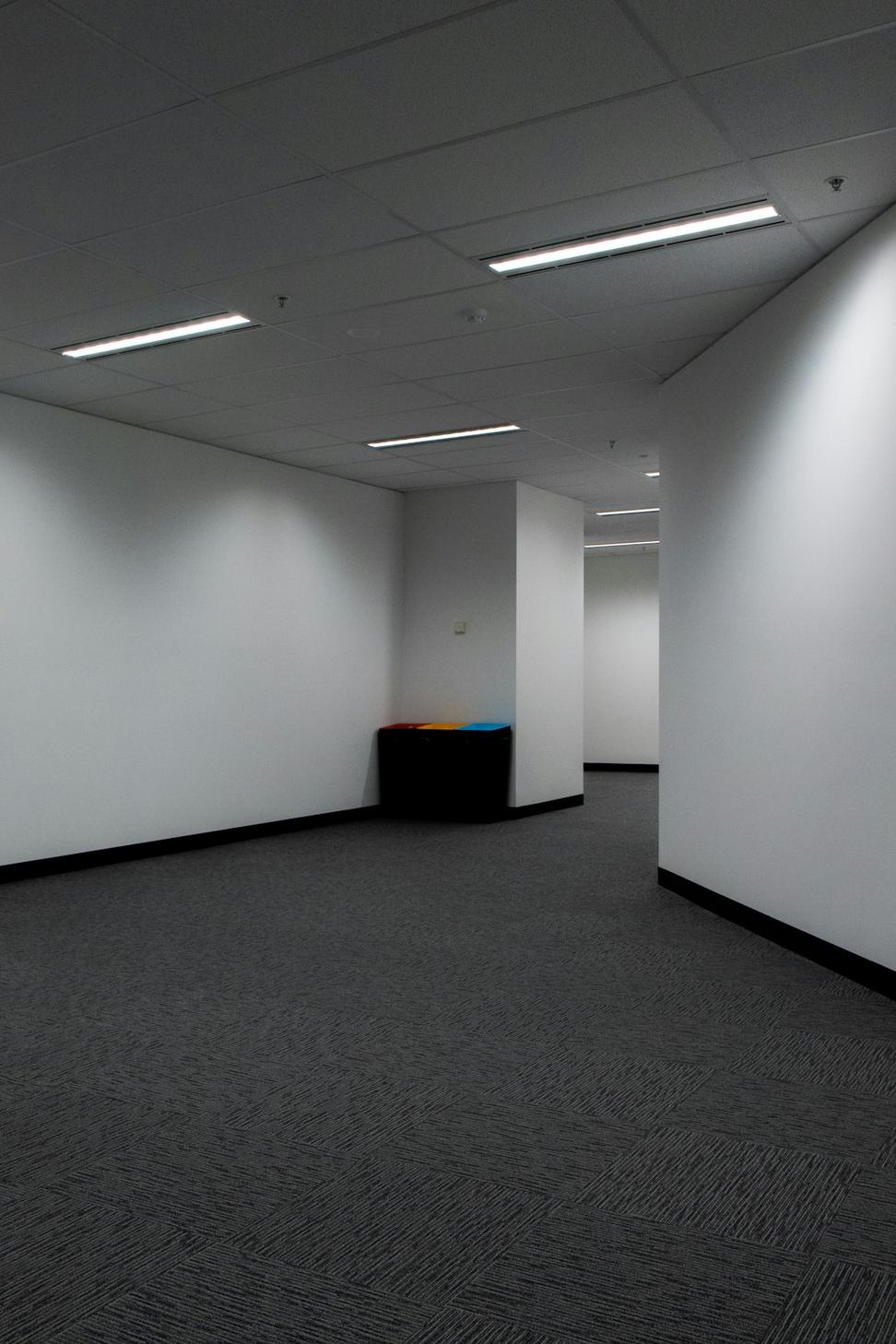
The Paperwork That Actually Means Something
We've got the certifications, sure, but they're not wall decorations. Each one represents projects where we've had to prove our methods work under scrutiny. Here's what we're working with:
LEED Accredited
14 Gold & Platinum projects delivered
Passive House Certified
5 designers on staff, 8 builds completed
WELL Building Standard
Because people actually use these spaces
Net Zero Carbon
3 projects achieved, 6 more in progress

